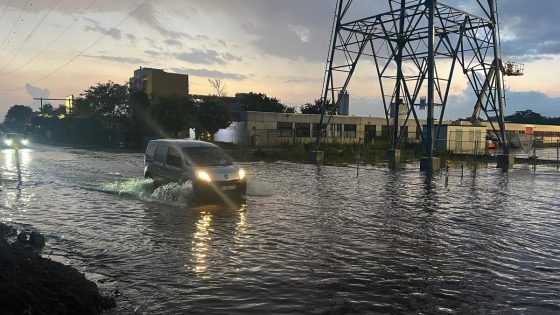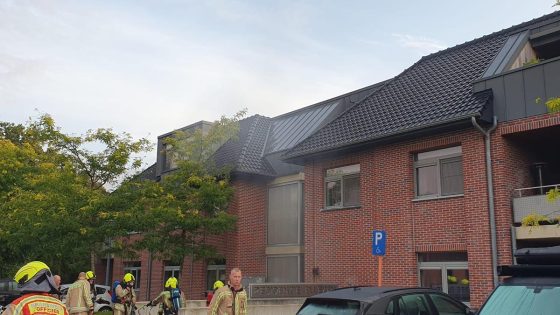Heavy rain caused significant water damage across parts of Belgium, with local teams busy cleaning streets and cellars. On 2025-07-28 15:12:00, reports confirmed that nearly 30 litres of rain per square metre fell in a short period, nearly half of the usual monthly total for July. The regions around Leuven and eastern Belgium, particularly Landen, were hardest hit by flooding and mudslides.
- Meet and clean storm damage after heavy rain
- Landen deploys workers, sweepers, tractor
- Mud flows from fields to houses
- Residents actively clean and clear drains
- Streets restored; long-term waterworks planned
- Waterworks project expected to last 220 days
In Landen, the Karolingerslaan was left muddy after rainwater carried soil and straw from nearby farmland onto the roads. This issue is familiar to residents, as blocked drains worsen the problem. To tackle the aftermath, the city deployed 10 workers, two street sweepers, and a tractor to clear the mud and restore safe passage. But how long will these efforts last, and what can residents expect next?
Why does flooding repeatedly affect this area, and what measures can prevent future damage? The current response highlights key points:
- Heavy rainfall quickly overwhelms local drainage due to agricultural runoff and blocked sewers.
- Immediate clean-up requires significant manpower and equipment to restore road safety.
- Residents actively participate in clearing drains to reduce water accumulation.
- Long-term infrastructure projects are necessary, though they may take over 200 working days to complete.
As Landen prepares to begin extensive works to improve drainage, residents and authorities alike must stay vigilant. Could community cooperation combined with infrastructure upgrades finally reduce flooding risks? Only time will tell, but proactive cleaning and maintenance remain essential in the meantime.































